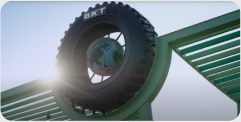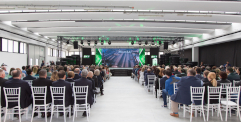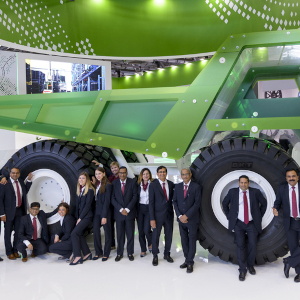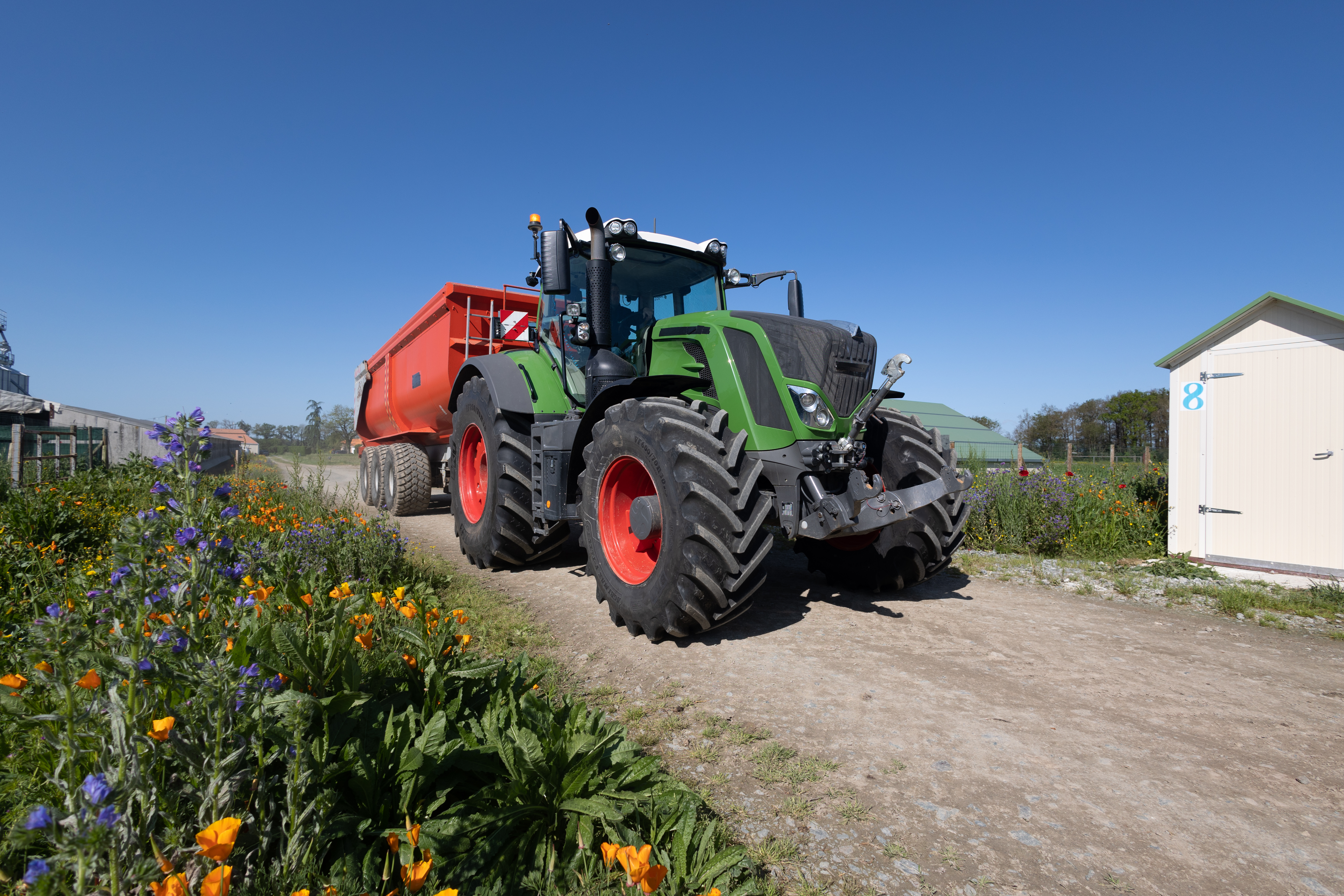“New tractors are just too expensive. “It’s a common complaint among farmers and contractors when talking about the latest generation of tractors—or farm equipment in general. But is this just a widespread perception, or is there a solid reason behind these high prices? To find out, let’s break down the main cost components that shape a tractor’s final price tag.

Industrial Costs: The Across-the-Board Rise
In recent years, agriculture has had to grapple with a steady increase in machinery costs—something that hasn’t gone unnoticed by farmers looking to replace one of the oldest tractor fleets in Europe: Italy’s. For those who work the land every day, buying a new tractor isn’t just another line on the balance sheet. It’s a critical investment in both productivity and long-term sustainability. However, innovation and new technology often come with price tags that are simply out of reach—especially for the many small and medium-sized farms that make up the backbone of Italian agriculture.
Buying Attitudes: Old School vs. New Generation
Looking at 2024 tractor registration trends, it’s clear that “old-school” farmers base their buying decisions on reliability, versatility, after-sales support, and access to public funding. Younger farmers, on the other hand—those more open to adopting new technologies that boost efficiency—see the upfront cost as a major barrier, especially if they’re running smaller operations. The result is a fragmented market: some see innovation as too costly for what it offers, while others dream of upgrading but are held back by tight margins. In the end, the key issue is financial sustainability. Without the right support, access to modern tech risks becoming a privilege for larger farms, leaving smaller ones behind.
Raw Materials: The Price Surge
To really understand what’s driving up tractor prices, we need to zoom out and look at broader geopolitical and economic factors. Post-pandemic, Europe was hit by a sharp spike in the cost of raw materials, semi-finished products, and components—largely due to the war in Ukraine. Russia and Ukraine are major suppliers of energy and low-cost production. The disruption made the EU more vulnerable, especially when it came to sourcing agricultural machinery. Years of outsourcing “polluting” production had turned self-sufficiency into dependency, revealing just how fragile traditional supply chains were. The cost of building tractors rose steeply, and those increases eventually hit end users hard. In 2022, prices jumped as much as 15% from the year before, and that trend continued in 2023 and 2024 with no sign of slowing.
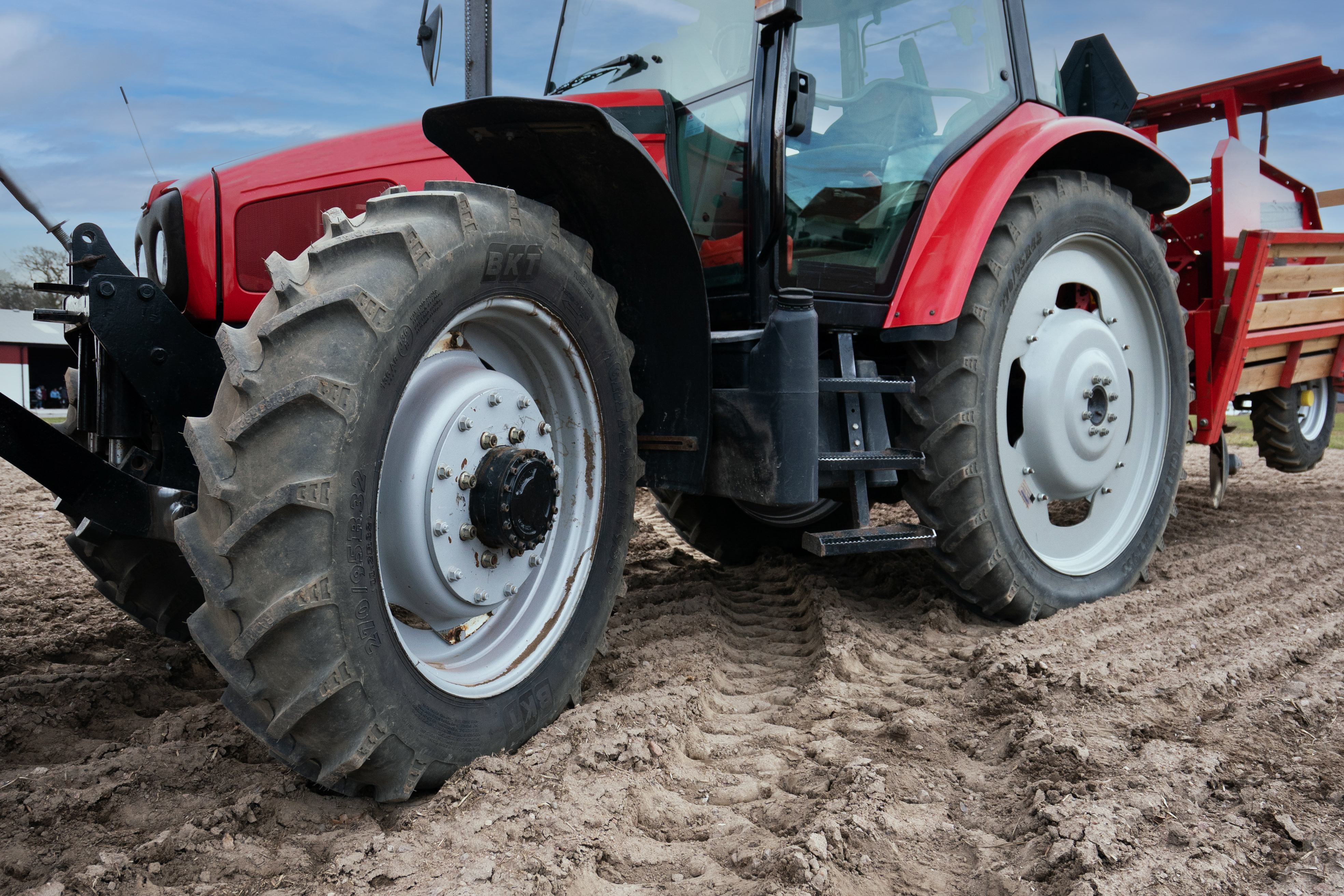
Cost per Horsepower: A Clear Increase
Tractor prices now regularly exceed €1,000 per horsepower. What’s important to note is that these increases didn’t happen immediately after raw materials shot up. Manufacturers initially absorbed some of the impact. More recently, with inflation cooling slightly, we may be nearing a period of price stabilization—but the aftermath of economic turbulence still lingers.
It’s Not Just Politics or Market Volatility
So is it all about politics and markets? Not quite. Many other elements go into a tractor’s final cost—from basic mechanical parts to high-end tech, from production processes to brand value. Let’s break it down.
Next-Gen Components
Think of a tractor like a living organism. Its “heart”—and one of its priciest parts—is the engine. The power level and efficiency (especially regarding fuel use and emissions) play a big role in the final price. A few years ago, the need to meet Stage V emissions standards drove up engine costs significantly, due to added tech like injection systems, EGR, and after-treatment units. While industrial standardization has helped reduce some of those costs, Stage V still impacts the price, especially for high-horsepower models. Transmission costs tell a similar story. Demand has shifted toward advanced gear systems, especially CVTs (continuously variable transmissions), favored by both farmers and contractors. CVTs are easier to use and boost operational efficiency—particularly when paired with autonomous driving systems like ISOBUS or TIM. But they’re also more complex, bulkier, require specialized maintenance, and cost more. These high-end components aren’t limited to large tractors. Even mid-range, utility, and narrow vineyard models have adopted advanced engines and transmissions. Vineyard tractors, in particular, have seen a sharp price increase as manufacturers struggled to fit bulkier Stage V engines into limited spaces, investing in costly redesigns. Meanwhile, models under 80 HP have seen smaller price jumps—they didn’t require costly exhaust systems or major redesigns.

From Mother Regulation to “Gold-Plated” Steel
The 2018 "Mother Regulation" introduced stricter EU approval standards for agricultural vehicles, raising design and manufacturing costs. Between 2015 and 2021, average tractor prices rose 40%. On top of that came the surge in material costs—especially for high-strength steel and specialized alloys used in chassis and axles. These boosted performance but added further cost.
Premium Cabins in Mid and Entry-Level Models

Useful Extras… and Not So Useful Ones
Beyond the essentials, tractors can be loaded with extras that quickly raise the price. These include 360° cameras, telescopic or heated mirrors, advanced lighting, autonomous driving aids, and LED work lights. Some features—like keyless entry or infotainment systems—are borrowed from the auto industry. They’re attractive but often unnecessary in a work vehicle. Unlike cars, tractors are highly customizable and produced in smaller volumes, which makes each add-on more expensive to build.
Category 4 Cabs: A Must for Specialty Models
High-spec cabs have become standard in specialized tractors. These cabs protect operators from chemical exposure during pesticide spraying and are certified as “Category 4” according to EU standards. They require pressurization systems and activated carbon filters to keep harmful substances out—especially important in fruit and wine farming. These safety upgrades significantly impact the price of tractors that are otherwise meant to be affordable.
Assisted Driving: High Cost, Long-Term Payoff
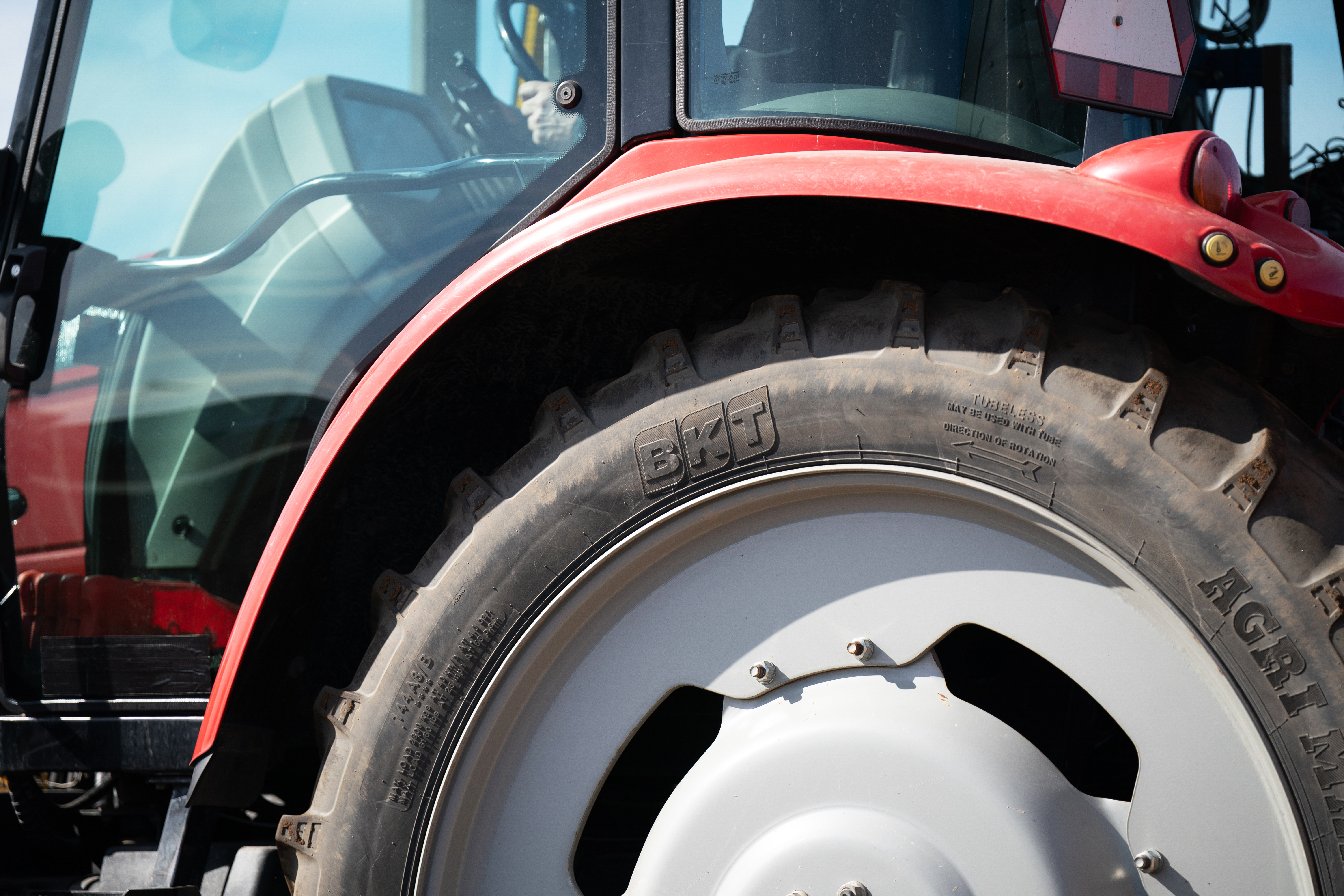
Logistics: The Hidden Costs
Finally, production and logistics costs still weigh heavily on manufacturers—even though they’ve dropped slightly from the 2022 peak. Land shipping rates are up 10% globally, and sea freight remains expensive due to higher container costs. European manufacturers deal with high labor and supply costs, while those in emerging markets face high transport expenses. Brands that produce parts in-house or rely on European suppliers may spend more, but benefit from better quality control and a true “Made in” reputation. Rising tractor prices are the result of multiple converging factors: technological innovation, raw material spikes, environmental regulations, and growing expectations around comfort and safety. While these advancements have clearly improved performance, they’ve also driven up costs. Stay with us for more insights into the fast-evolving world of agricultural machinery.
Avancerad sökning
Hitta ditt däck
